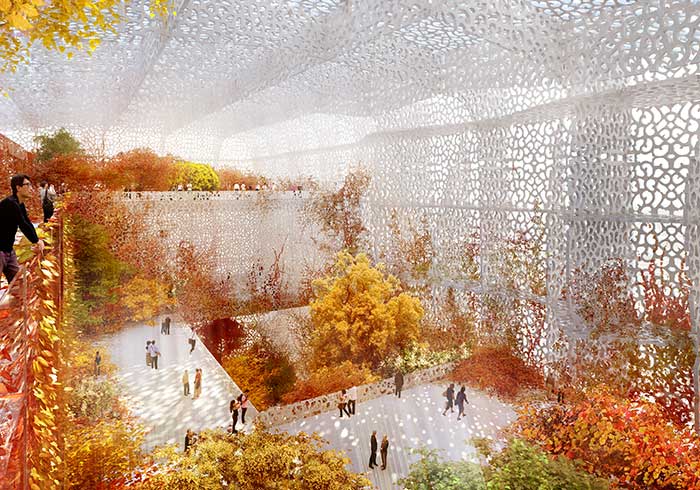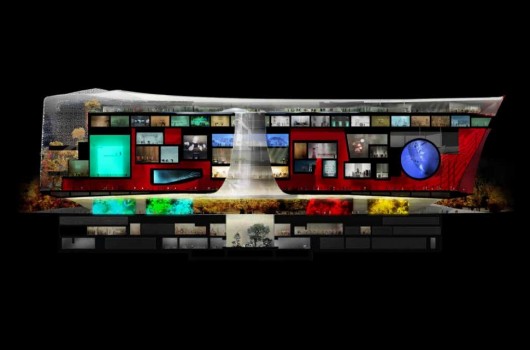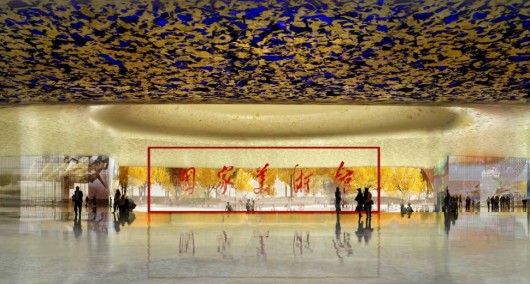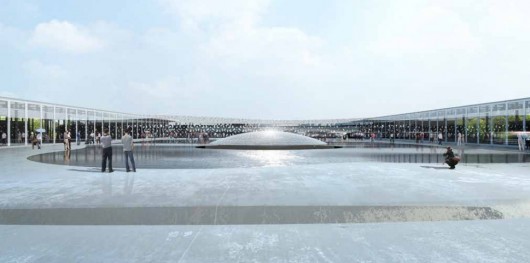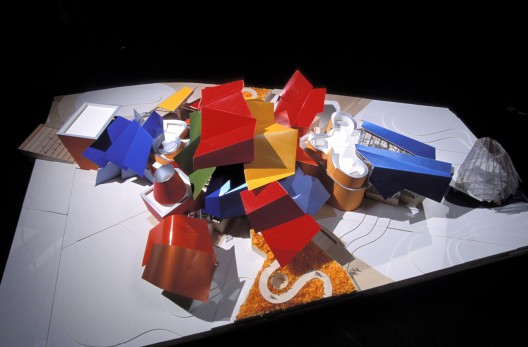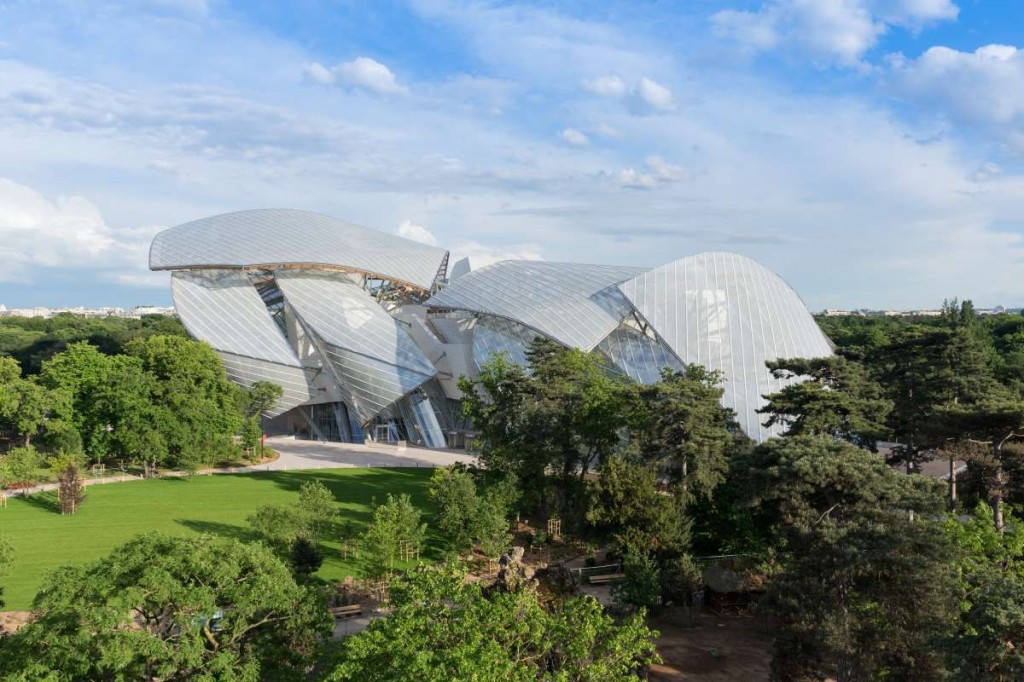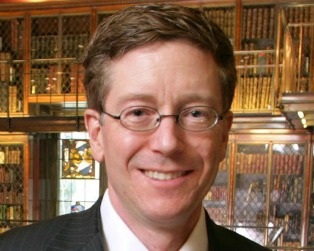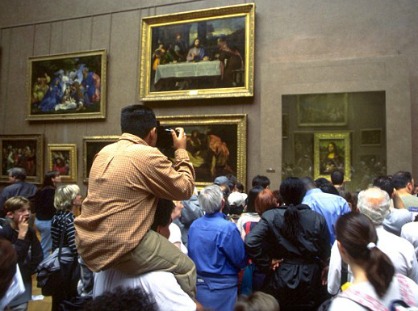Last week, I was honored to sit opposite Nobel-prize winner/neuropsychiatrist Eric Kandel at a small dinner. Kandel, seeking to understand how memory works, figured it out by studying its physiological basis in the cells of sea slugs. For that, he won the Nobel in 2000. More recently, he has turned some of his attention to art. In 2012, he published The Age of Insight: The Quest to Understand the Unconscious in Art, Mind, and Brain, from Vienna 1900 to the Present.
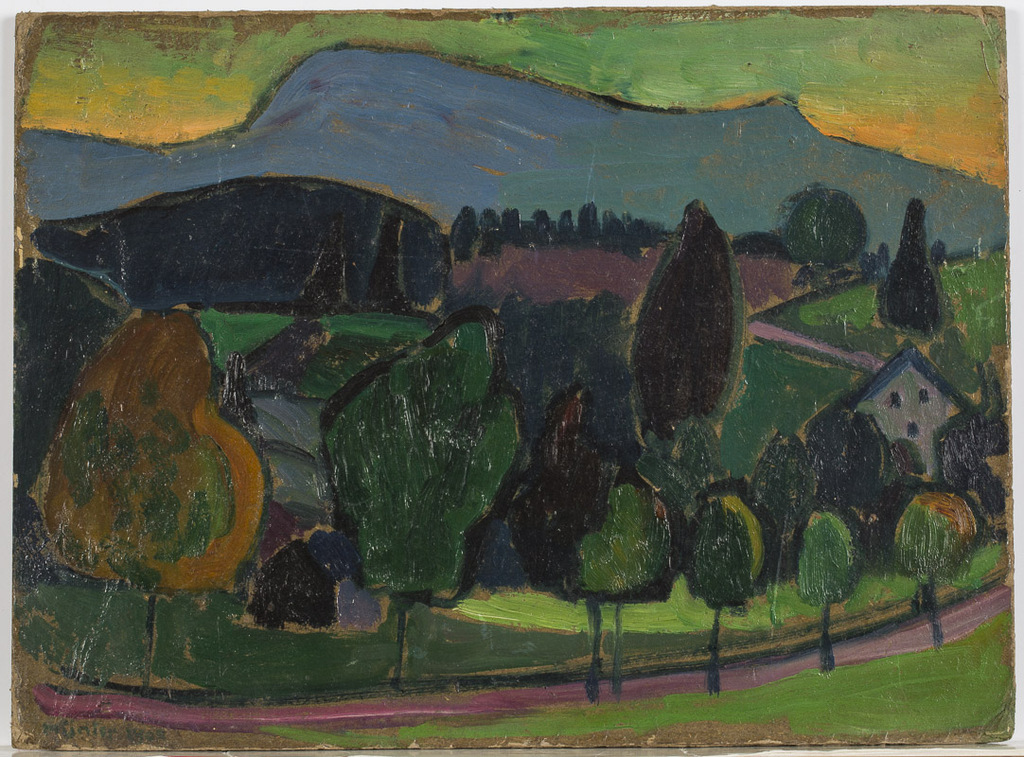 Kandel and his wife, Denise, go to museums a lot. “I would say art is our greatest passion,” he told Science Friday in 2013.
Kandel and his wife, Denise, go to museums a lot. “I would say art is our greatest passion,” he told Science Friday in 2013.
So I asked him, to make conversation, which department at the Metropolitan Museum of Art* he would go to first if he had just one hour and could go to only one. His answer surprised me. He wouldn’t go to the Met, he said, because his favorite kind of art is German and Austrian Expressionism. So he would go to the Neue Galerie, he said.
Ouch. I was reminded of that conversation today when I received a press release from Everard Auctions in Savannah. In a sale now on the internet though Oct. 7 are two paintings by Gabriele Munter (1877-1962), whose work I like (the best trove I’ve seen is at the Milwaukee Art Museum). Now, the two up for sale at Everhard probably are not museum-quality (Der Blaue Berg (The Blue Mountain) [top], from 1908, is estimated at $200,000-300,000, while Im Uhrmacherladen (The Watchmaker’s Shop) [below], from 1916, has a presale estimate of $100,000-150,000), and I am not suggesting that the Met run out and buy them. But the release sent me to the Met collections database to see if Kandel could have gone to the best, even for a less-rich experience.Â
Here is a sampling of what I found:
- Munter: 0
- Franz Marc: 0
- Ernst Ludwig Kirchner: 5 works on paper, none major
- August Macke: 2 works on paper
- Wassily Kandinsky: 1 work on paper
- Gustav Klimt: 2 paintings (yeah!) and more than a dozen works on paper or textiles
- Egon Schiele: some 3 dozen works on paper (none major?); no paintings
- Alexej von Jawlensky: 3 works on paper
- Max Pechstein: 8 works on paper, none major
- Oskar Kokoschka: more than 3 dozen drawings, lithos, etc., none majorÂ
- Otto Dix: 14 works on paper, one painting (not on view)
- Max Beckmann: about 4 dozen drawings, two paintings, one on view
I suppose the message here is a simple one: even the glorious Met has big gaps, and Austrian and German art is one of them. Perhaps I/we knew this intuitively, but a tally makes it really clear.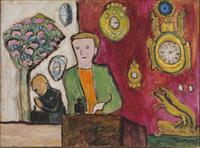
Should it actively acquire in this area, when it already has so many riches, or leave it to the Neue Galerie? I think the former; there’s no gallery for this work and that’s a shame. But then again, like Kandel, I’d call this area is a favorite.
Photo Credits: Courtesy of Everard Auctions
* I consult to a foundation that supports the Met

